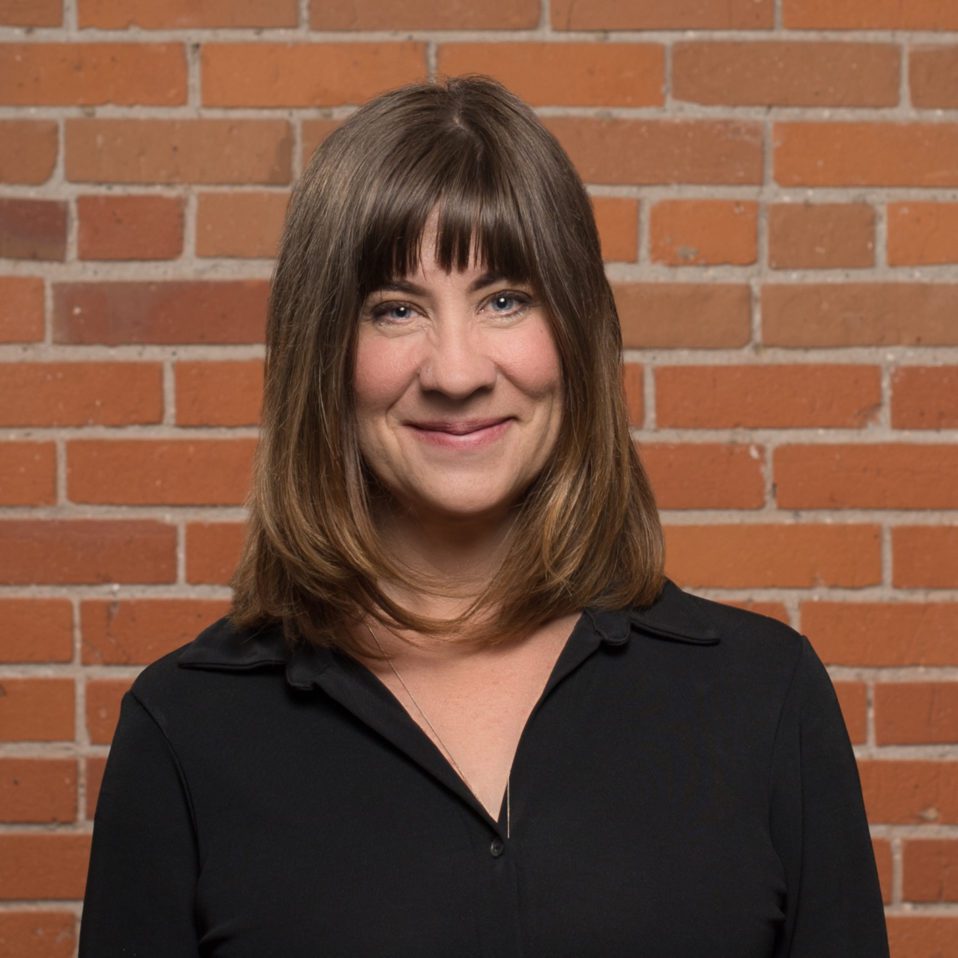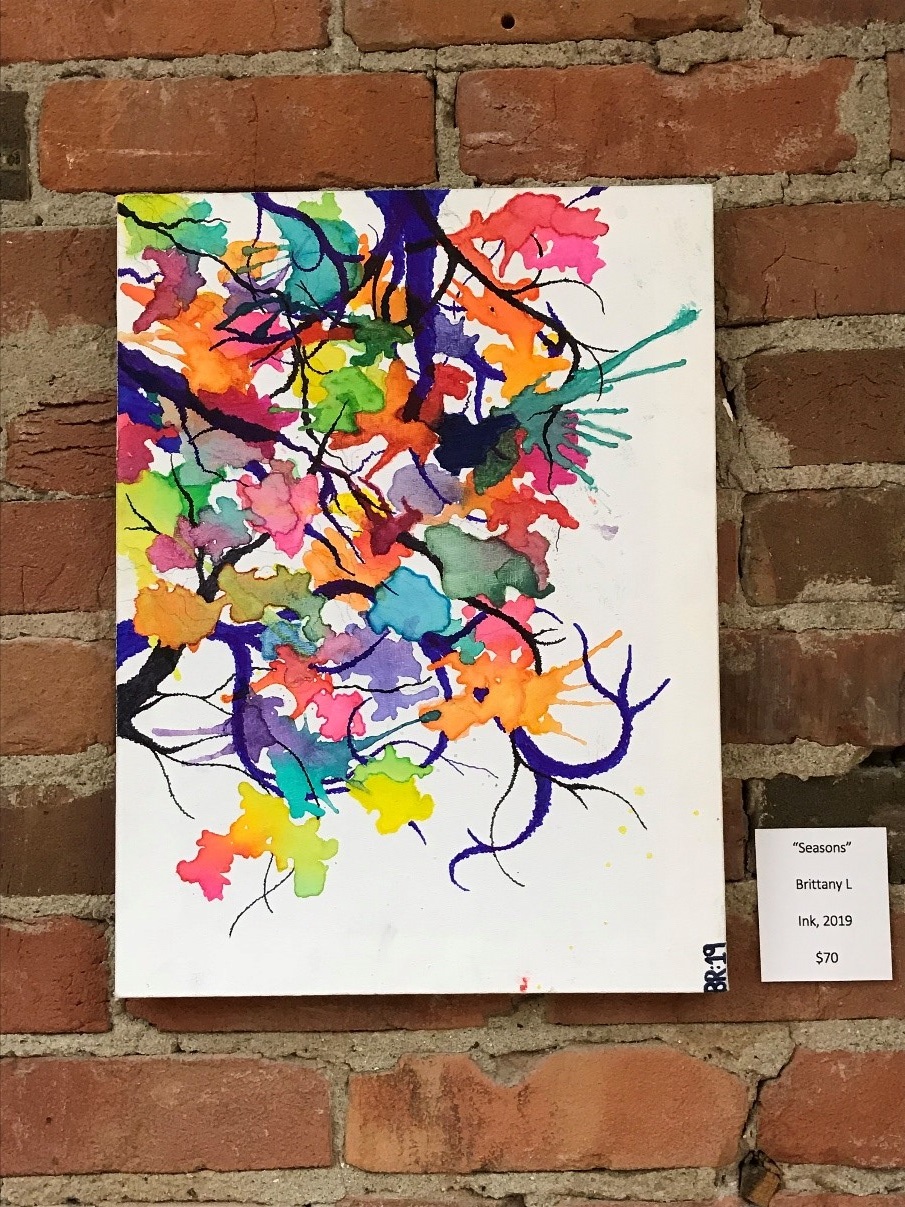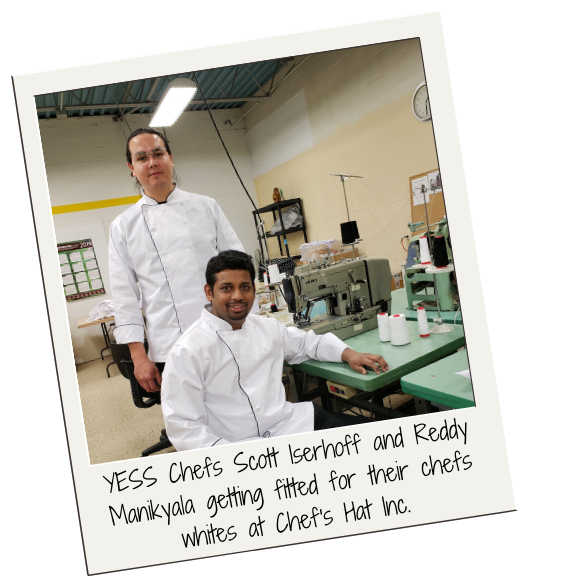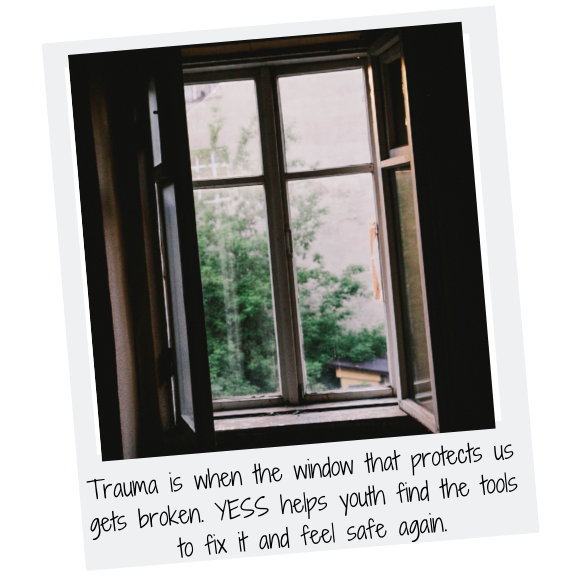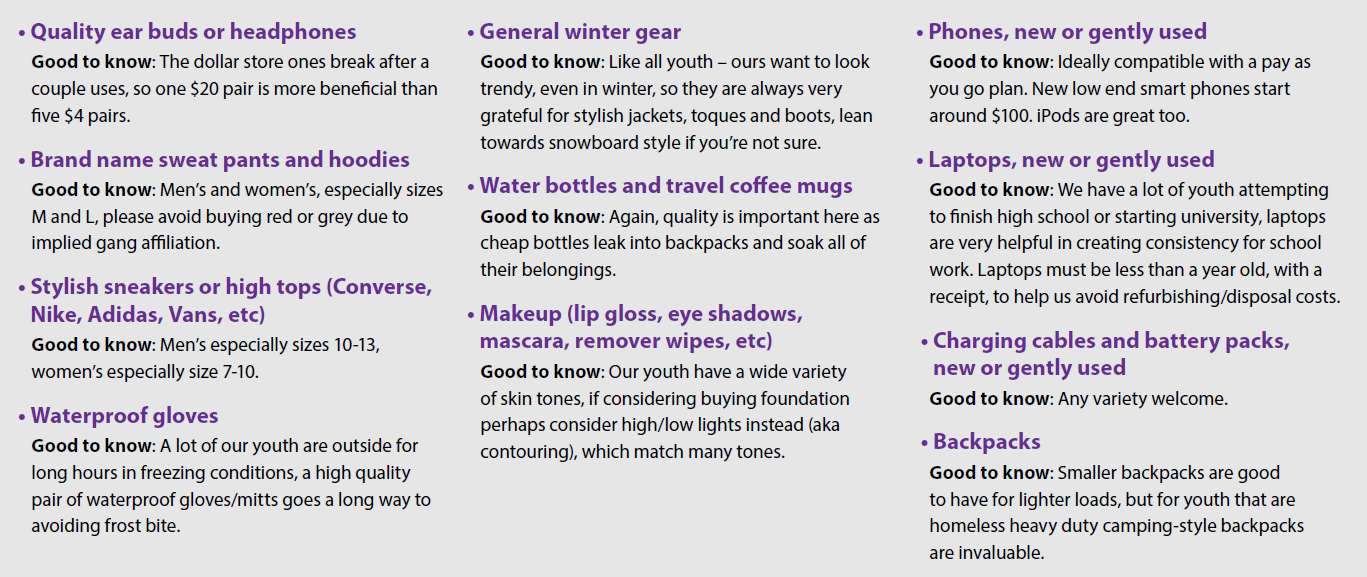Hello everyone, and happy Fall.
I have always thought of Fall and Winter as seasons for rest and reflection. It is the time when we can curl up in our warmest clothes, rest, and build up our resilience for the inevitable challenges that come our way.
Resiliency is a theme that runs pervasively through YESS. We teach the youth about resiliency and self care: about regulating their emotions through breathing, moving their bodies and connecting with their minds, calming their central nervous systems, and building a quiver of tools they can use when facing difficulties. Resiliency is the pot of gold we all seek. We work desperately against an invisible clock that can have trauma and challenges at every hour to help youth choose and begin to learn the techniques and thought processes that build self-control, self-regulation, self-confidence, and self-worth. (In other words, the resiliency to begin to understand that all that has happened to them is not their fault, and to face the next challenges in their life capably, and with their own interests and accountability at the forefront.) Resiliency is typically built from strong, positive attachments to parents, good teachers in positive school environments, safe and positive childhood play and interactions, and a safe, inclusive, role-modelling community. When you have not had these things, and been very hurt at an early age, your resiliency can take on a very different face. It can take on the various masks of coping mechanisms designed to comfort, protect, and hide from the harshest realities: the masks of addiction, abuse, violence, and suicide.
And here is what I have noticed about resiliency after two years at YESS. While our city’s social workers, youth workers, and support staff are working to help the youth build resiliency, they are depleting their own energy stores, and wearing down their own resiliency. Our city’s frontline youth workers are doing some of the most difficult work you can imagine. They are often concurrently parenting, tutoring, counselling, mediating, de-escalating, and even doing CPR and first aid (ON THE YOUTH THEY ARE PARENTING). Can you imagine the trauma of walking your own teenager through a suicide plan and working each day to help them do their homework, struggling maybe with a learning disability, and then having to administer first aid or Naloxone that night? This is the reality of youth workers. This is our reality. And while the winter months can be restful and reflective, they contain the darkest, coldest months and the deep trauma of the holiday season.
Often, organizations simply do not have the funds or the capacity to provide the counselling, extra benefit support, staff overlap, and training that could truly help build a resilient staff. At YESS, we are in a position to recognize that we cannot afford NOT to take care of the resiliency of those who care for our most vulnerable. We, as a society, keep telling each other it takes a village to raise a child, because of the very fact that parents cannot do it all themselves. And now we need to walk that talk. We need to take care of the very parents who are raising our most vulnerable.
Just as I have asked you to look closer and with empathy at our youth, I ask you now to see those who serve our city in such a deep and meaningful way and who do so without reward, recognition, and often without the help of the systems and the community they operate within.
They are my heroes. And I am honoured to serve them. Let us care for them so that they may continue this brave work.


